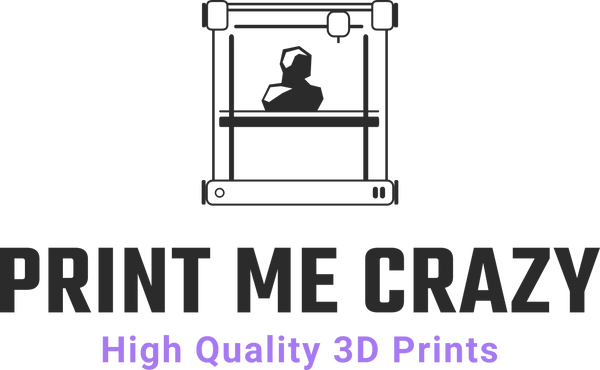
What is FDM Printing? FDM printing is a type of 3D printing technology that uses a thermoplastic filament as its printing material. The filament is fed through a heated extruder, which melts the plastic and extrudes it through a nozzle. Layer by layer, the melted plastic is deposited onto the build plate until the object is complete.
How Does FDM Printing Work? To create a 3D print using FDM technology, the first step is to create a 3D model using 3D modelling software. Once the 3D model is ready, it needs to be sliced into individual layers using slicing software. The slicing software creates a set of instructions for the 3D printer, telling it where to move the nozzle and how much plastic to extrude for each layer.
The printer then heats the thermoplastic filament to the temperature set in the slicer software. The filament is then extruded through the nozzle, creating the first layer of the print. Depending on the type of printer, either build plate then moves down by one layer or the extruder gantry moves up by one layer, and the nozzle creates the next layer on top of the previous layer. This process is repeated layer by layer until the object is complete.
Advantages of FDM Printing: One of the main advantages of FDM printing is its affordability. FDM printers are relatively inexpensive, making them accessible to a wide range of people. Another advantage is the wide variety of materials that can be used for printing. FDM printing supports a range of thermoplastics, including PLA, ABS, PETG, Nylon, and many others. Additionally, FDM printing is relatively easy to learn and use, making it an ideal choice for beginners.
Disadvantages of FDM Printing: One of the main disadvantages of FDM printing is its layer resolution. The resolution of FDM prints is typically lower than that of other 3D printing technologies such as SLA or SLS. Additionally, FDM prints can be prone to warping, especially when printing larger objects. Finally, FDM prints may require post-processing, such as sanding or painting, to achieve a smooth and polished finish.
In conclusion, FDM printing is a popular and widely used 3D printing process that has revolutionized the world of manufacturing and design. With its ability to create complex and intricate models and parts quickly and efficiently, FDM printing has become an essential tool for businesses and individuals alike. Whether you are a hobbyist, a designer, or an engineer, FDM printing can provide you with the freedom and flexibility to bring your ideas to life. With the continuous advancements in technology, we can only expect FDM printing to become even more accessible and affordable in the future, opening up new possibilities for innovation and creativity.

